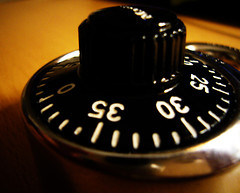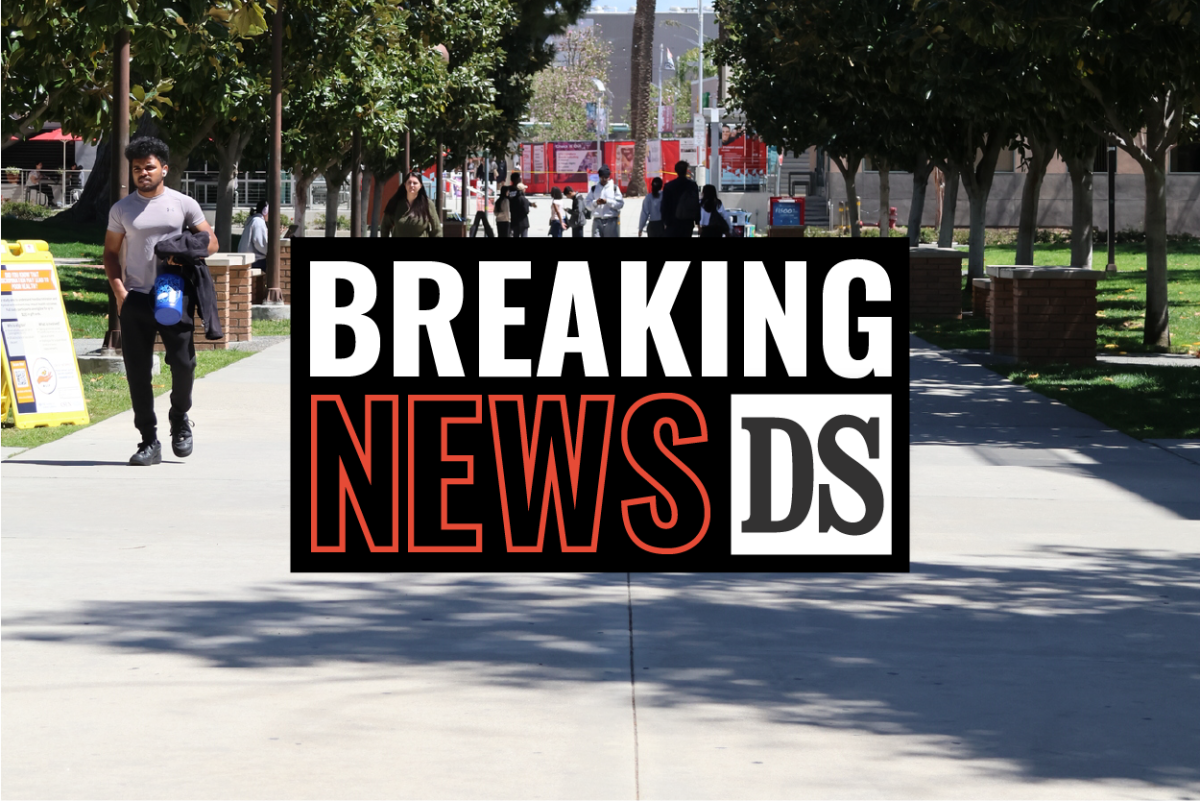
It’s 12:05 p.m. and your class just let and you finally managed to etch out 30-minutes for a lunch and some Web browsing. You boot up your laptop and log into Yahoo Messenger and start up an explicit conversation, the secret kind you don’t want out in the open.
Fewer than 20-feet away, another person running Linux and a packet-sniffer logs your confidential chat. How? Your connection is unencrypted.
When a student logs into the campus-provided wireless network, all data that is not logged into a secure connection has the potential to be captured and viewed. Email that is sent using a program like Microsoft Outlook may also be unencrypted. To reduce the chance of your data being captured follow these security tips:
1. When logging into a Web site, make sure that it is displaying a lock icon (usually found on current browsers) and that the address bar starts with an “HTTP.” This means that the connection between the Web site and your computer is encrypted.
2. Set up a Virtual Private Network (VPN) . In non-geek terms, a VPN is a secure connection between you and another network that limits the possibility of someone gaining access to your chat. CSUN provides a free VPN solution for students and faculty. Specific instructions may be found on the CSUN Information Technologies Web site.
3. Finally, use common sense. Never open attachments unless you are expecting them. Trojans ,programs that give a remote party access to your computer, and worms, back doors to your computer, are spread through email.




